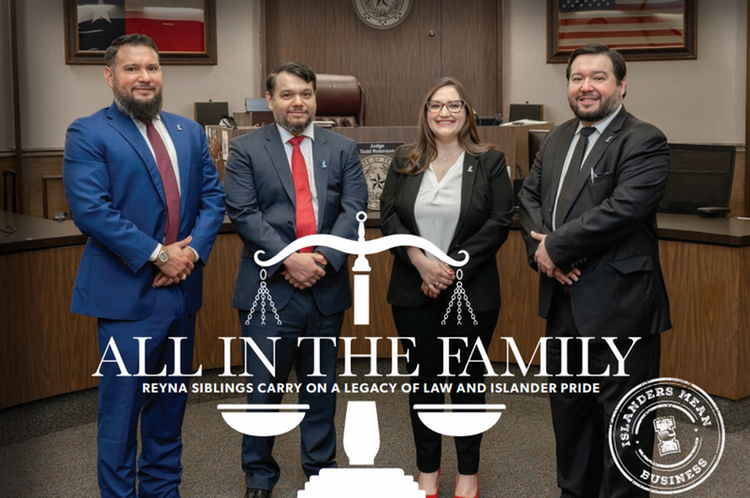TAMU-CC’s Lone Star UASC Supports NASA Project
CORPUS CHRISTI, Texas – The Lone Star Unmanned Aircraft System Center of Excellence and Innovation at Texas A&M University-Corpus Christi played a key role in a recent test that will help NASA work to integrate drones into everyday use in the future, both for cargo and passenger transportation.
LSUASC was a partner in a consortium led by the University of North Texas. In December, the UNT team and its partners successfully tested two scenarios set up by NASA. One scenario consisted of basic operations to collect a set of baseline data. Scenario 2 was an in-flight, en route contingency operation where dynamic re-routing needed to be communicated between the airspace provider and the vehicle.
“LSUASC provided simulated UAV flight meta data, telemetry, waypoints, and flight volumes,” said Josh Boyd, LSUASC software engineer team lead. In the simulation, data was generated and then sent to another partner. LSUASC also sent flight status information and performed real-time flight rerouting.
The information was processed and distributed to various airspace partners and the NASA Flight Information Management System to test the operation of their Unmanned Aircraft Systems (UAS) Traffic Management systems. The test was an early step in NASA’s Advanced Air Mobility National Campaign.
In addition to Boyd, the Lone Star team included Eric Bird, aviation systems engineer; Angelo Diamante, software engineer; Ryan Kelley, software engineer; and Jonathan Gore, former Lone Star software engineer.
“This project allowed LSUASC to develop new and existing relationships with several airspace partners,” Boyd said. “LSUASC was able to provide valuable UTM (UAS Traffic Management) research data points that will help to progress UAS integration into the National Airspace System. The project also provided an opportunity to enhance LSUASC's UAS simulation and data collection capabilities.”
According to NASA, the goal of the Advanced Air Mobility National Campaign is to promote public confidence and accelerate the realization of emerging aviation markets for passenger and cargo transportation in urban, suburban, rural, and regional environments. NASA’s vision for AAM is that it is safe, sustainable, accessible, and affordable aviation for transformational local and intraregional missions. It is intended to include the transportation of passengers and cargo as well as aerial work missions, such as infrastructure inspection or search and rescue operations.
AAM includes local missions of about a 50-mile radius in rural or urban areas, and intraregional missions of up to a few hundred miles.
Other members of the UNT consortium include:
– Frequentis California Inc.
– The Center for Collaborative Adaptive Sensing of the Atmosphere at the University of Massachusetts in Amherst, Massachusetts
– OneSky of Exton, Pennsylvania
– ResilienX, Inc. of Syracuse, New York
– Unmanned Experts Inc. of Denver, Colorado





